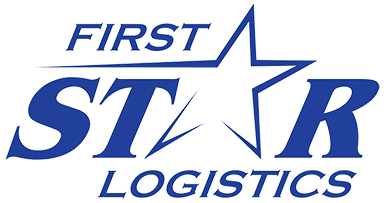When it comes to negotiating freight rates, carriers need to have specific skills and knowledge to get favorable rates. Skillful freight negotiation requires research, planning, practice, and more practice. This guide is for carriers who want to learn how to negotiate freight rates. We highlight tips of the trade and focus on skills and considerations that will give you the upper hand.
1. Know the Spot Rates
When negotiating a favorable freight rate, it is crucial to have a reference point. Spot rates are great reference points because they are based on many factors that will also impact the economics of other jobs. A spot rate is a one-time rate for transporting a load. The amount fluctuates based on the time of year, fuel prices, and supply and demand. It is a good sign if the offered rate is close to the average spot rate, but if not, try negotiating for a better deal.
2. Look at the Load-to-Truck Ratio
Another critical factor to consider in negotiations is the demand. Look at the number of trucks posted per lane. If there are many loads and few trucks, meaning trucks are in high demand, then carriers have the upper hand in negotiations. If there are more trucks than loads, the demand for trucks is low, rates will be lower, and there will be less room for negotiation.
3. Calculate Cost Per Mile
Carriers must know how much it costs to operate the truck to ensure costs are covered, and a profit is turned. If the number is not known, there is no basis for negotiation. To calculate cost per mile, add the expenses and divide by the number of miles. Make sure to include all costs. Expenses need to include all line items, from the more apparent expenditures like the cost of fuel and assets to the less obvious line items like the licenses and professional services that keep your business running. With a thoroughly calculated cost per mile, you have that data to back up your rate negotiation.
4. Track Load Times
Knowing how much negotiating power you have can give you confidence. One great way to determine negotiating power is by tracking load times. The longer the load is on the board, the more negotiating power a carrier has. The less time until pickup, the more negotiating power a carrier has.
5. Consider the Dock Hours
Negotiating a fair rate is all about the details. If there are narrow windows for pick up or delivery that could make it hard to fulfill the job promptly, if the dock hours require working after hours, or the times require travel during rush hour, negotiate a higher rate to account for the additional associated costs and inconvenience.
6. Factor in the Return Trip
The rates going into and out of a location can drastically differ. In some instances, it may be easy to get a favorable rate going in and very difficult to get a favorable rate going out. If you know that it is unlikely that the rates going out will be profitable, work hard in the negotiations to get a higher rate going in.
7. Account for Lane Fees
Some lanes are more expensive to run than others. Research ahead of time to learn about the lane fees that may be involved for each specific job. Ask about dock fees, tolls, fuel surcharge, late fees, and permits. As the list of possible fees is extensive and far exceeds those mentioned here, ask if there might be any other fees associated with the shipper or receiver.
8. Consider Accessorial Charges
The flip side to fees charged to carriers is accessorial charges carriers charge to shippers. Accessorial charges are additional line items on a shipping bill that cover many expenses involved in hauling freight. Consider which is pertinent to the job and include these in your negotiations.
9. Account for Deadhead Miles
Deadhead miles are the miles carriers drive with an empty trailer. Some deadhead miles are usually unavoidable, but minimizing them as much as possible is important. Deadhead miles can easily cut into profits and even make a job cost more than it is worth. If it turns out that a significant number of deadhead miles are unavoidable with a specific job, account for this in your rate negotiation.
10. Work for a Trusted Logistics Company
One of the best ways to ensure you get favorable rates is to work for a trusted logistics company.
First Star Logistics is a unique asset-based global brokerage company with over 60 years of experience. We support our carriers with the technology, management, resources, and support they need to ensure safe, on-time delivery at the best possible rates.
To join the First Star Logistics team, apply today!



